Italy – The Roman Forum and the Pantheon in Rome
The Roman Forum is the symbol of the Republic of Rome, the Pantheon its soul. Two representative places of this beautiful city of Rome that owe their preservation only to the chance of history.
The visit of the Colosseum was the highlight of the guided tour. We continued our tour towards the very famous Roman Forum with our guide Giorgia Romanelli, where we met a lot of Indians selling mostly “selfie sticks” – the new fashion globalized by the smartphone – shouting “who wants selfies? Selfies. Selfies”. It seems that they have succeeded in dethroning the Africans for the sale on the sly.
The Roman Forum was the political heart of Rome, and the center of its gigantic republic, which ended in the first century BC to give way to the Empire. A center of power and decision making with the Senate, a privileged place for commerce, the Roman Forum grew with the Republic, then declined under the Empire to end up completely forgotten. “The Roman Forum was forgotten after the fifth-sixth century. During most of the Middle Ages, the majority of the monuments of the Forum were buried, and only their upper part was visible. “Giorgia tells us, as we walk through the Forum under a blazing sun at the end of August. “The whole area was used to graze cattle and to throw away the city’s waste. Only a few rare buildings have escaped the passage of time and especially the destruction of man. And it will be necessary to wait for Napoleon III at the time of his conquest of Italy so that the Forum takes again its place at the Romans and that excavations known as “modern” are undertaken there”. The tone of his voice dropped. A sort of shame mixed with incomprehension in front of the contempt of the people of the past for the sublime monuments of the Roman Forum. And especially because it took the intervention of a foreign power – France – to open the eyes of the Romans on the importance of their history and their architectural heritage. A half-confessed confession. Unfortunately, the budget of the Italian state dedicated today to the conservation and restoration of the immense heritage does not seem to be enough, and even decreases from year to year.
Those days are over when buying a smartphone at under Rs 10,000 designed lags, freezes, weak cameras and outdated software. 7 best smartphones under 10000 The entry of Chinese OEM’s as well as the online-only model of selling smartphones has caused a paradigm shift in this category.
“Look at this illustration. The comparison is striking,” she says, taking a small book out of her bag. We are now in the heart of the Roman Forum. Giorgia continues her presentation, after sitting down on what seems to be a common stone, but which is in fact the base of a ruin: “It is an illustrated picture of a busy street of the Roman Forum in the first century BC – so just before the end of the republic of Rome -, which allows us to imagine what the Forum must have looked like at the time, with merchants in the shops, onlookers in the streets, senators walking, etc. In front of us, the same point of view: only the bases and the foundations are still in the same place. The rest has disappeared or is only a ruin.
On the right side is one of the only buildings to have survived the vagaries of the centuries: the temple of Antoninus and Augustine, transformed into a church in the eleventh century. “You see these lines on the columns of the temple of Antoninus and Augustine? What do you think they are? “Giorgia asks us. Of all the people in the group, no one had seen these details! If you look closely at the columns, you can see the striations on the highest part. “The Catholics tried to tear down the columns. To do this, they tied ropes around them and had them pulled by oxen. But they did not give way. So they decided to transform this temple into a church, having failed to destroy it. This makes it today one of the best preserved buildings in the Forum. ”
As everywhere in Rome, the best preserved monuments are those that have been transformed into Catholic places of worship, and they are quite numerous in Rome. The other monuments such as the basilicas Aemilia or Sempronia, to name but a few, were not so lucky because the word “basilica” did not designate at the time a place of worship – moreover Catholic – but a building with a political, commercial or judicial function. Like this street of the Forum, the other ruins of the Roman Forum require a little imagination to picture the daily and bustling life of the people in the Forum.
On the other side of the Forum is the Arch of Seventh Severus in honor of the emperor Severus and his two sons Caracalla and Geta. “If you look closely at the top of the Arch, you will notice that some inscriptions are missing. At the death of Severus, Caracalla killed his brother to rule alone. He made remove on all the monuments and all the writings the name of his brother” told Giorgia during the exit of the Forum. The intrigues of the palace were thus worthy of a novel!
We continue our visit in the streets of Rome. Between the small stores and the typical restaurants, the city seems to be a pleasant place to stroll and enjoy this beautiful day. Giorgia guides us and continuously gives us information about the ancient Rome and the current situation of her country. Then, without waiting for her, at the corner of a street, we see a tiny part of a wonderful building. It is the Pantheon of Rome. The whole building is revealed when we reach the Rotunda square and the fountain.
“It is without doubt the monument that has come down to us in the best state of conservation. Despite the fires (especially the one in 110 under Trajan), the monument has withstood the centuries, thanks to the Christians. Like some monuments of the Roman Forum and later the Colosseum, the Pantheon of Rome was transformed into a church,” says Giorgia, as the crowd becomes more and more dense. “It seems that there is a concert, so we will be quick enough to explain. Looking up, we see a gaping hole in the building. “It is the dome, yes, there is no glass. When it rains, all the water falls directly into the center of the Pantheon. For the time, it was an architectural feat. Notably because there are no buttresses on the outside of the building,” she explains. “The Romans achieved this by making the roof as light as possible thanks to a system of ribs. Built in the first century BC and rebuilt in 126 after the fire that destroyed most of Rome, the Pantheon was originally a temple dedicated to all the deities of the Roman religions.
The concert is about to begin. Giorgia greets us one last time before disappearing into the crowd in front of the Pantheon. It is the end of an intense and rich morning in history, discovering the soul of Rome and its monuments. No doubt about it, the Italian capital is surprising and captivating. Nothing beats the pleasure of coming to visit it, as books cannot convey the “soul” of the city. Discovering its past is equivalent to discovering a little of our own. The first notes of the musicians fill the Pantheon, soon followed by the heart. The concert begins, the reveries too…
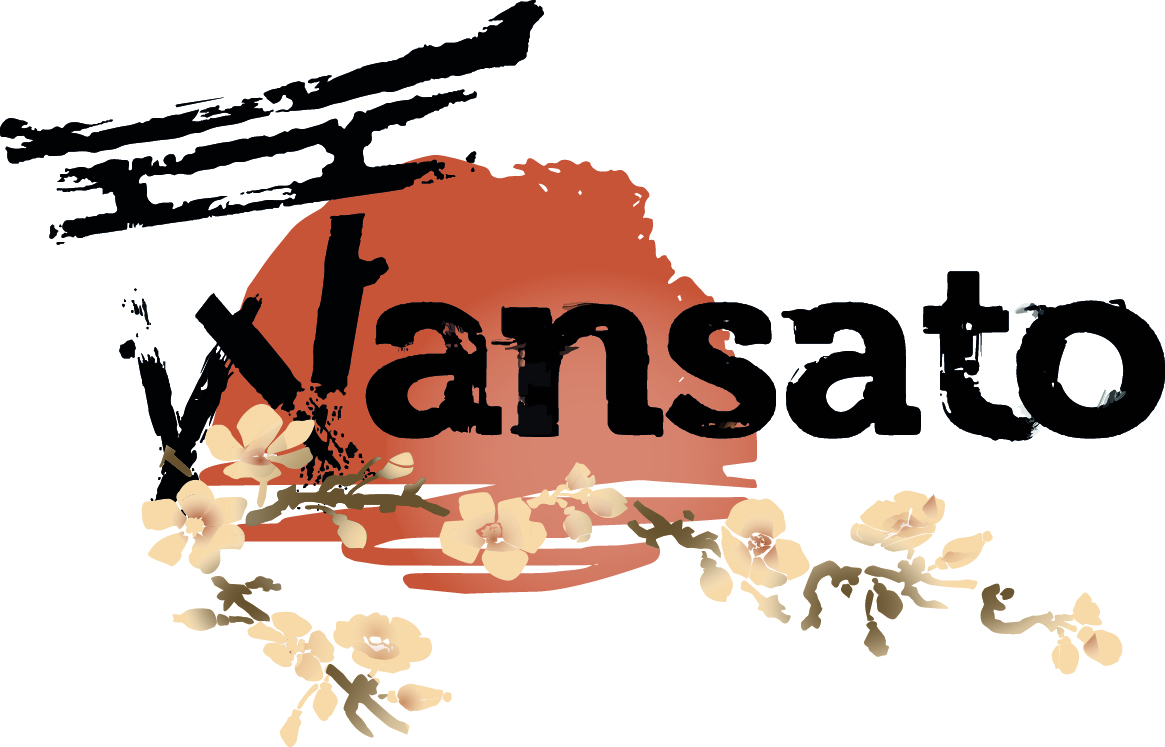
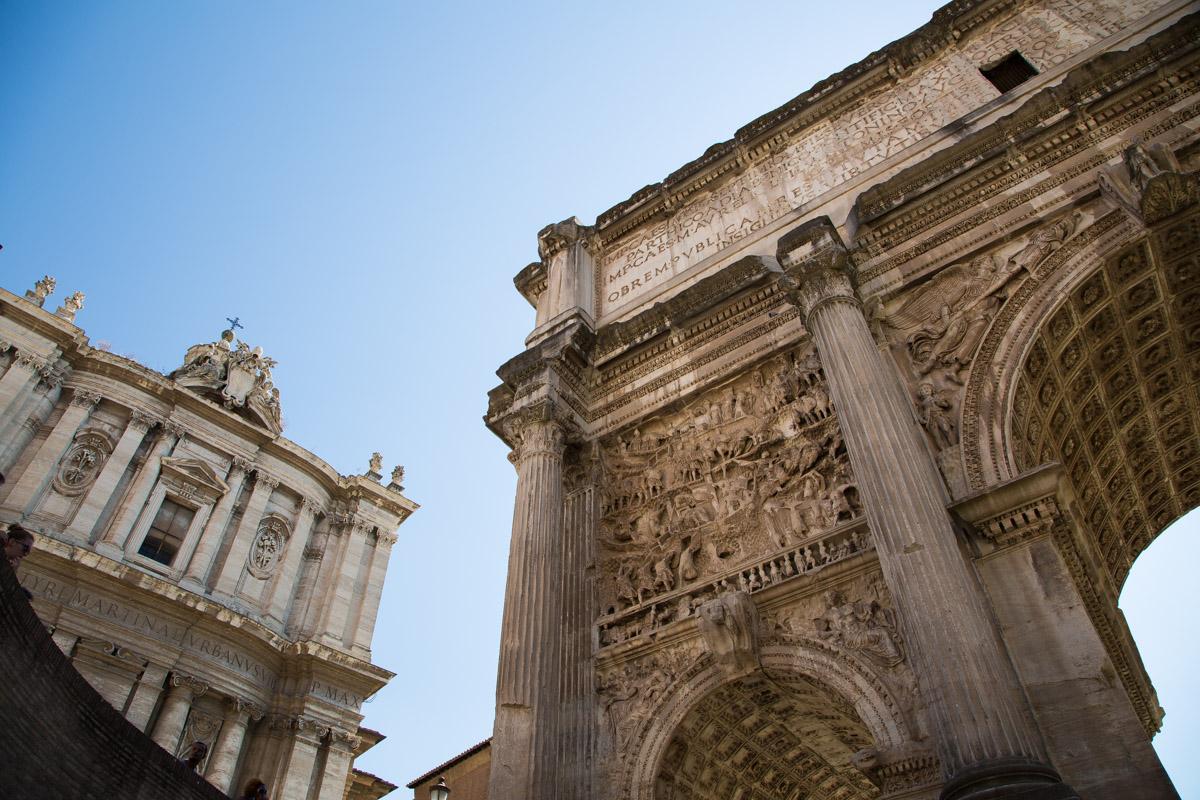
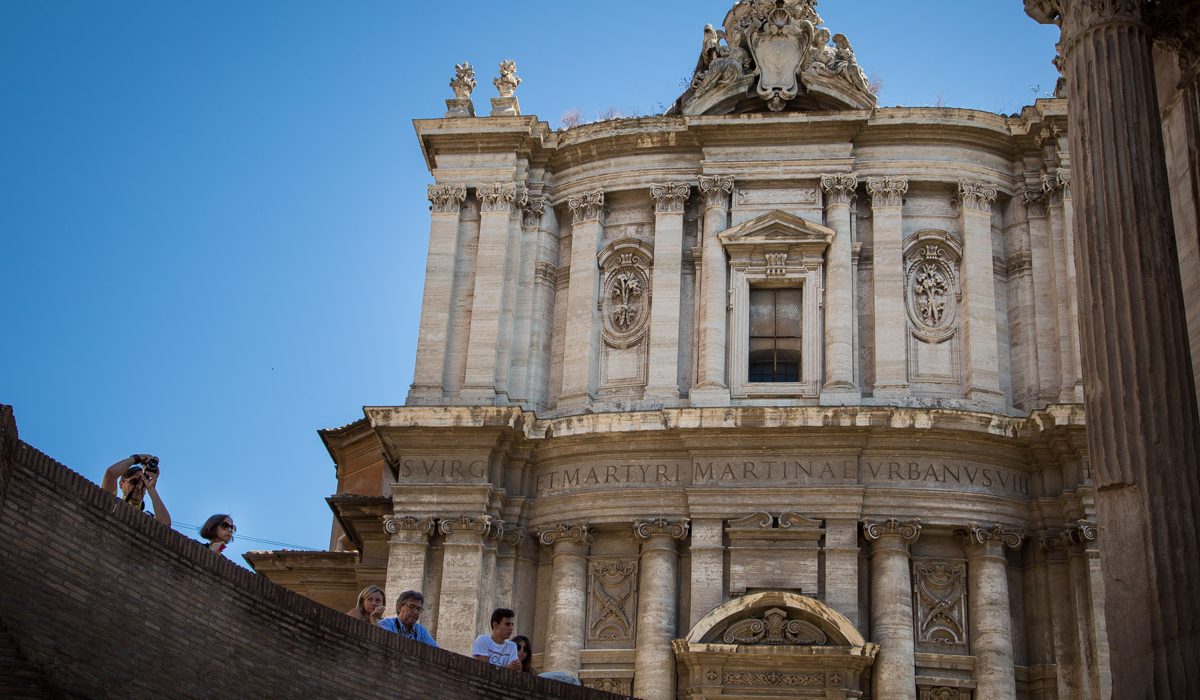
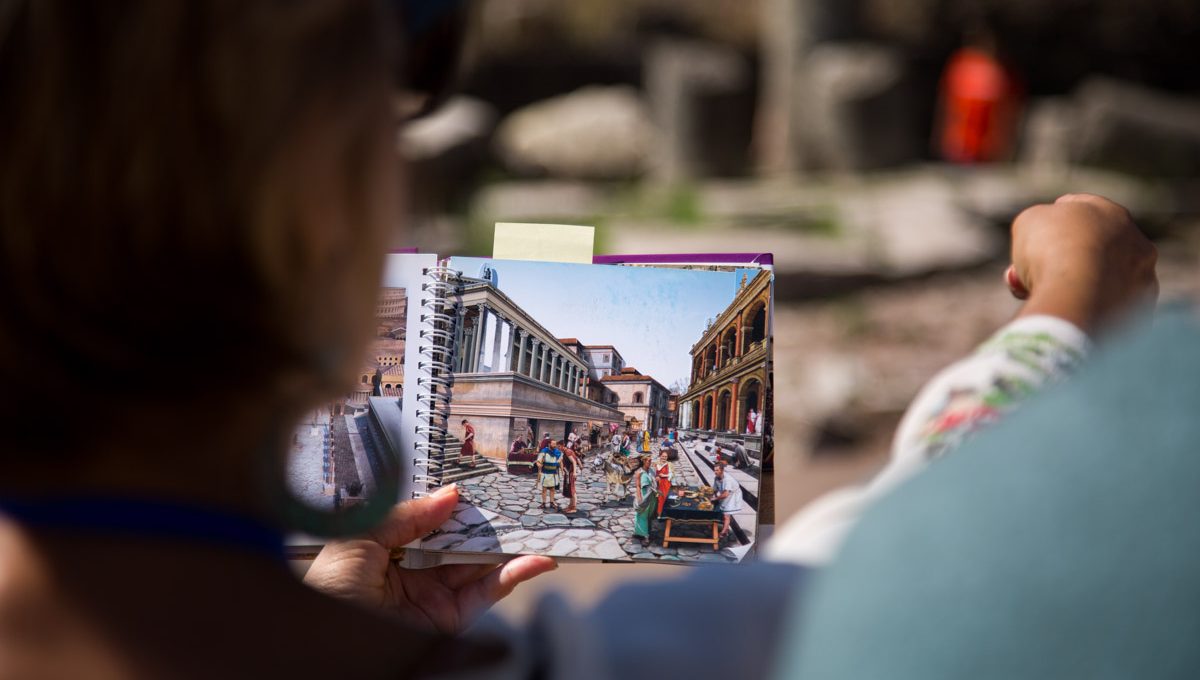
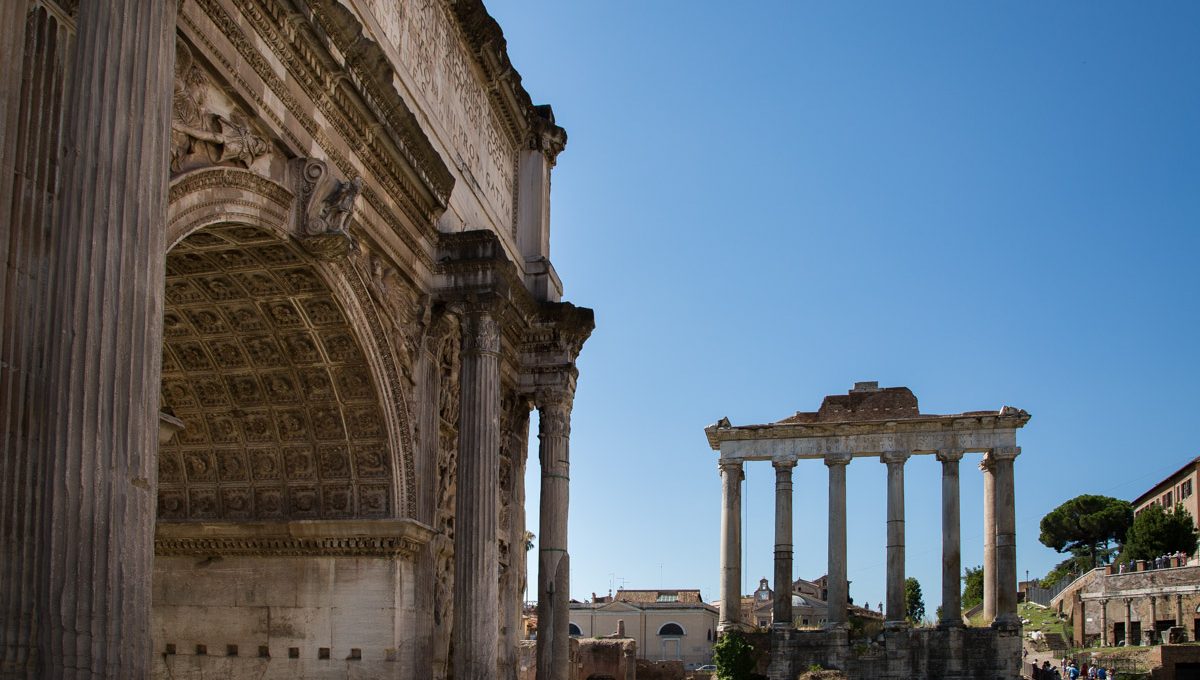
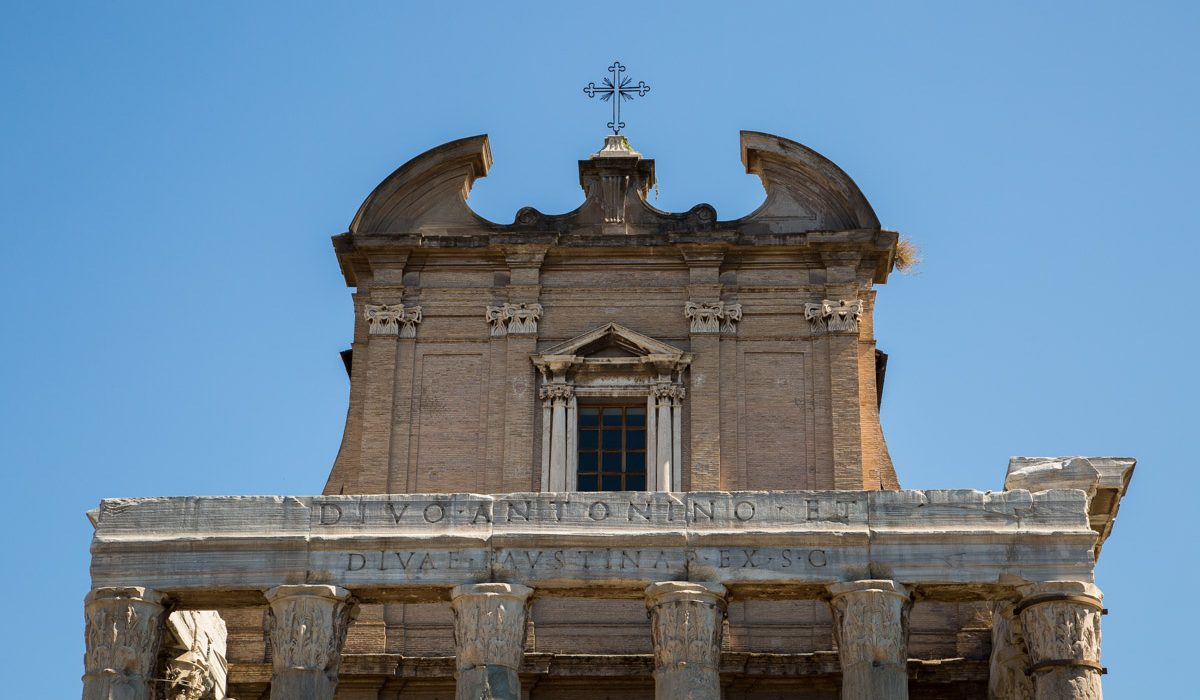
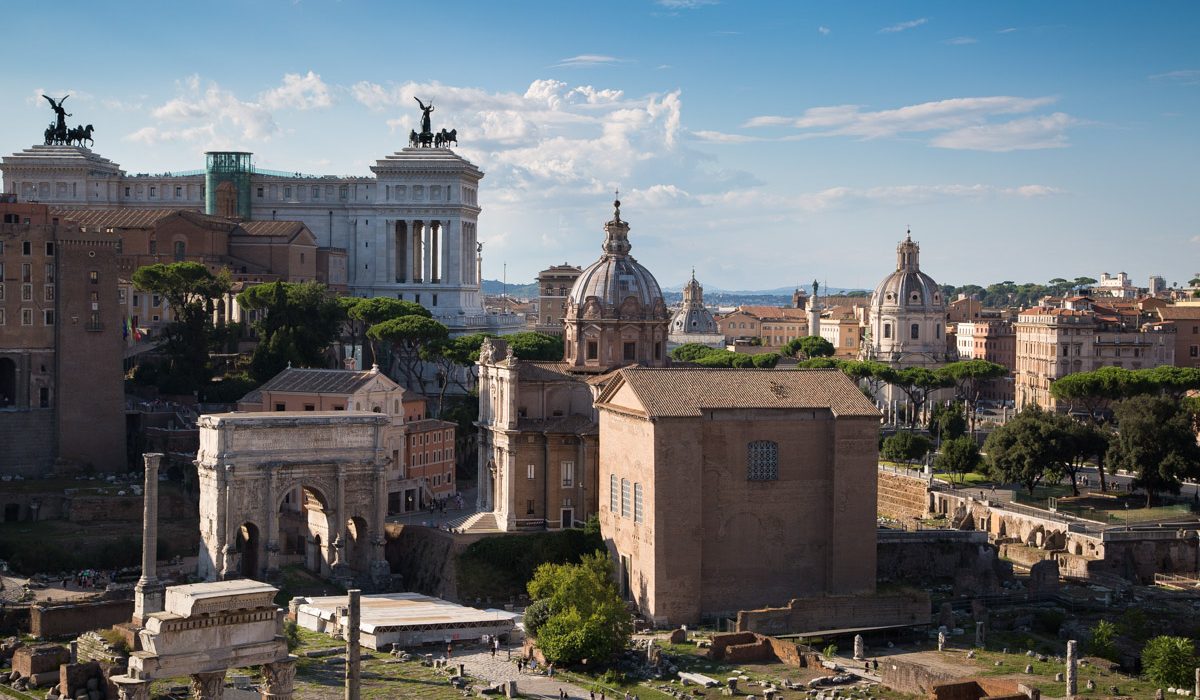
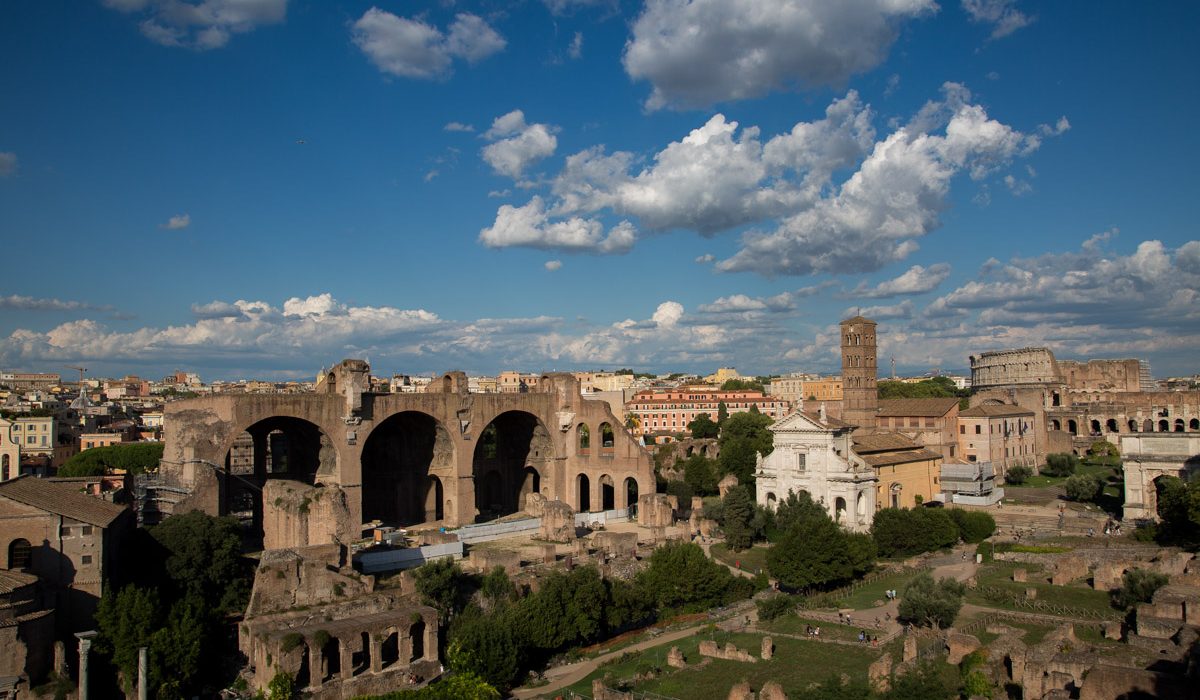
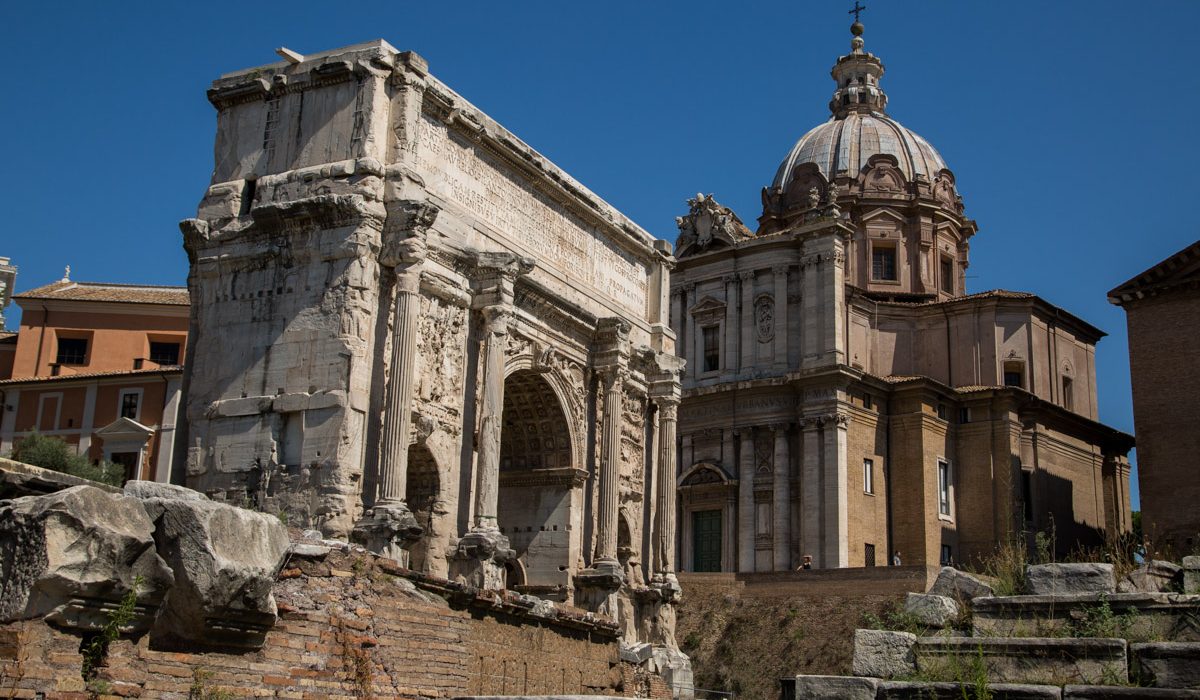
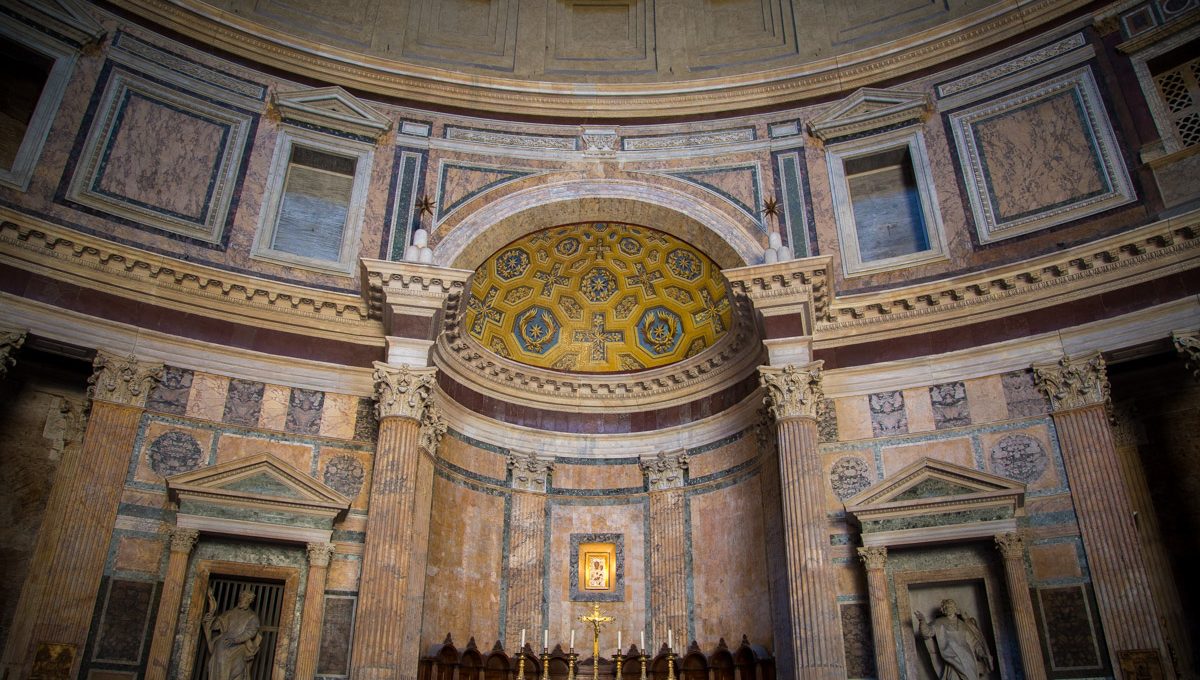
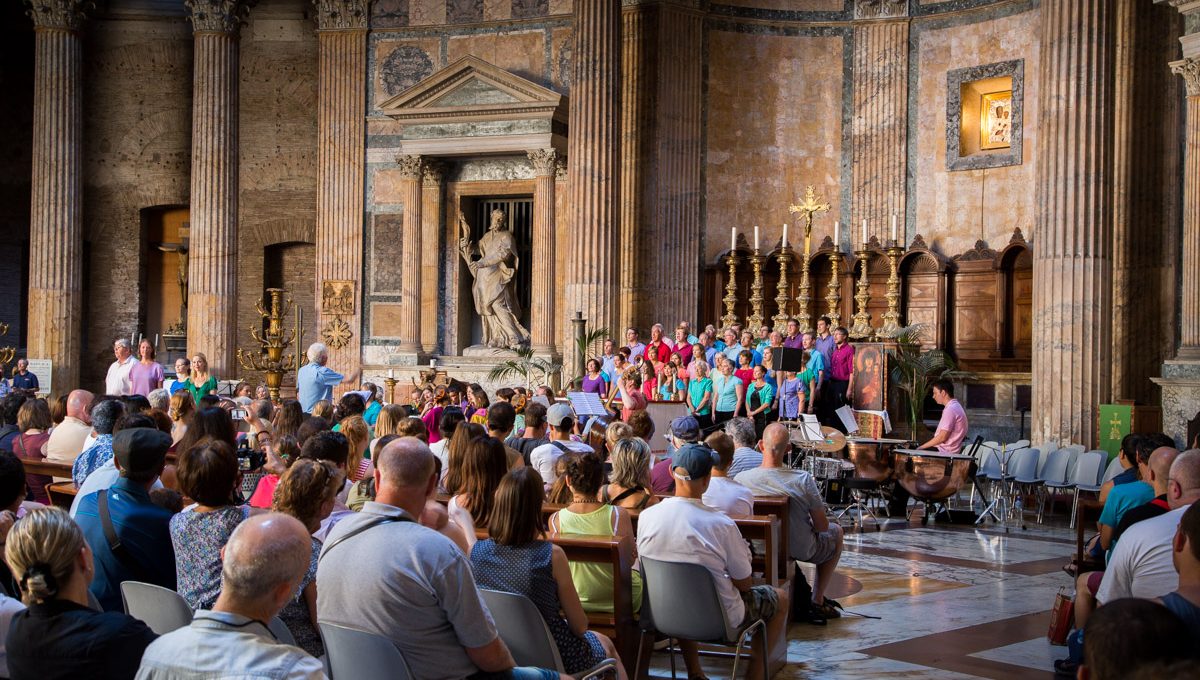
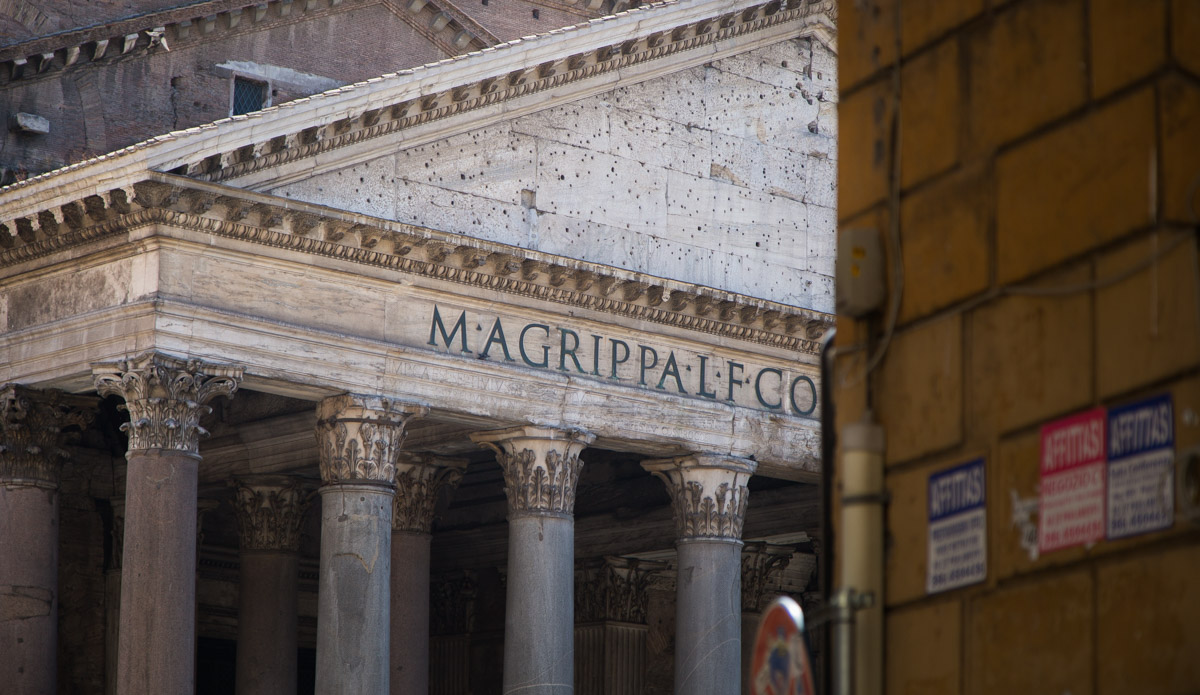
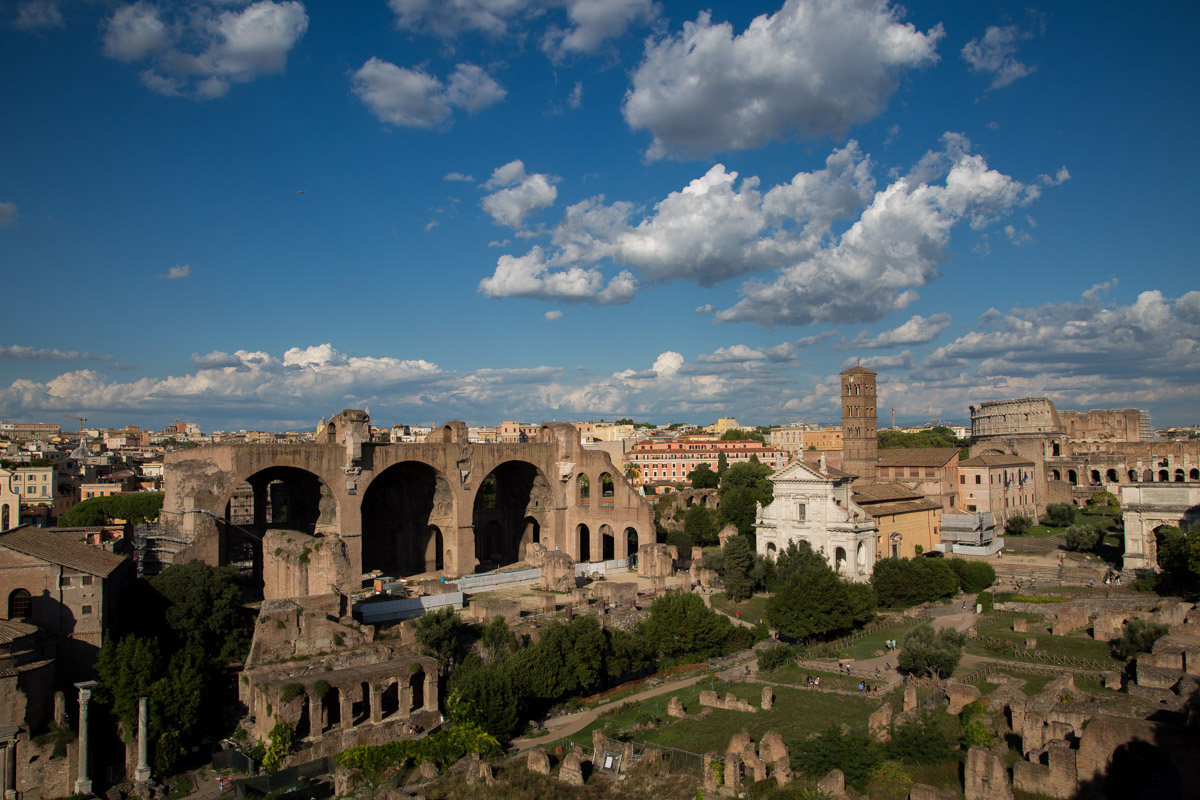
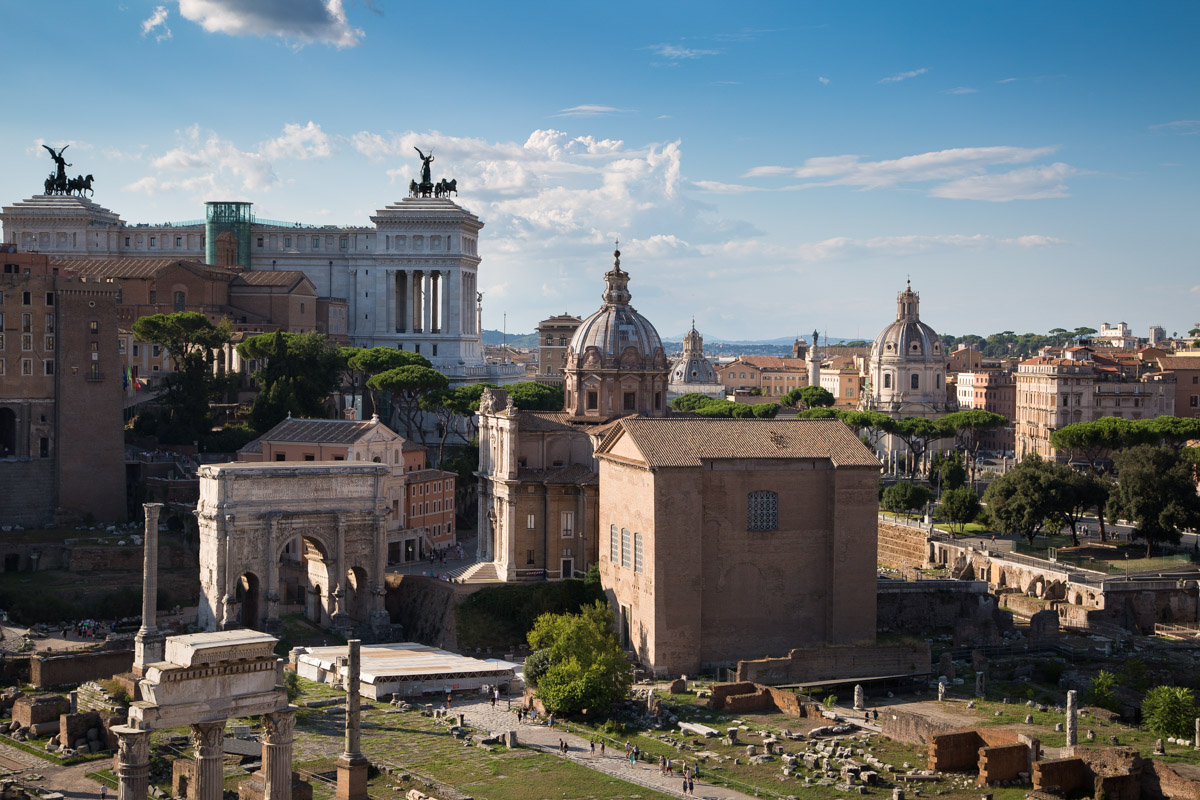
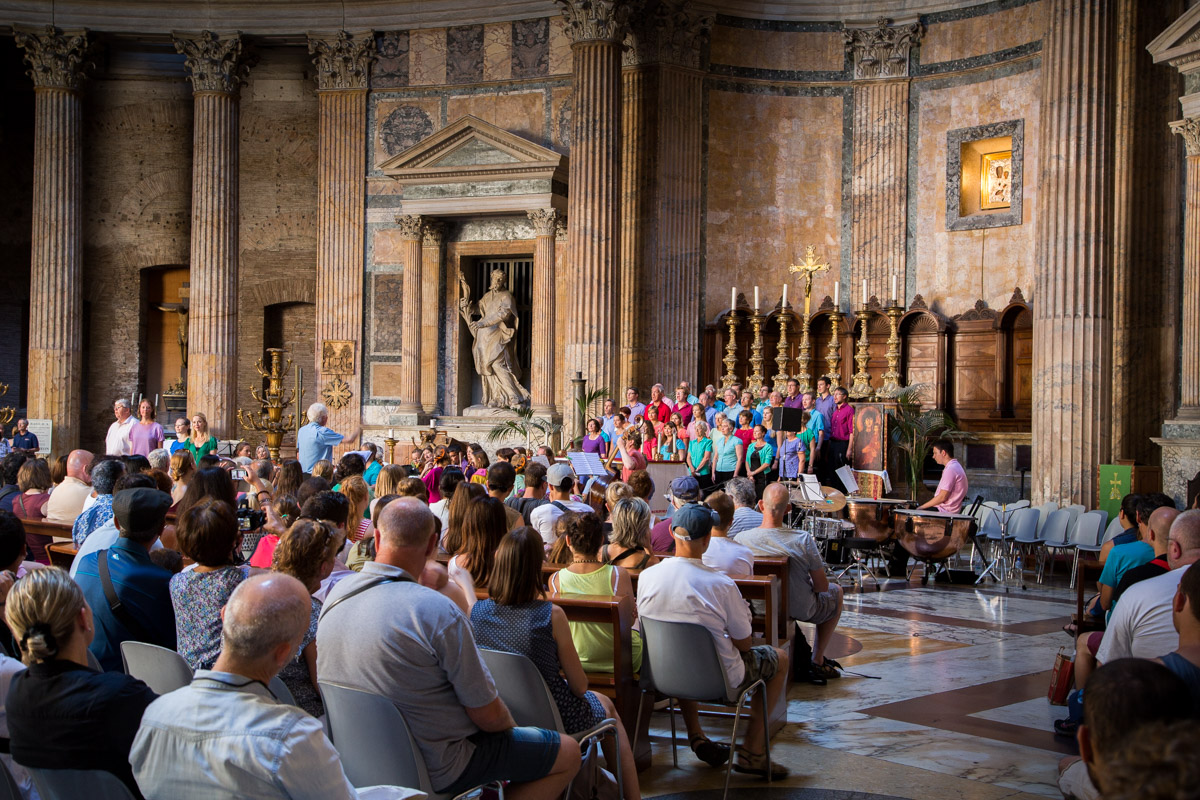
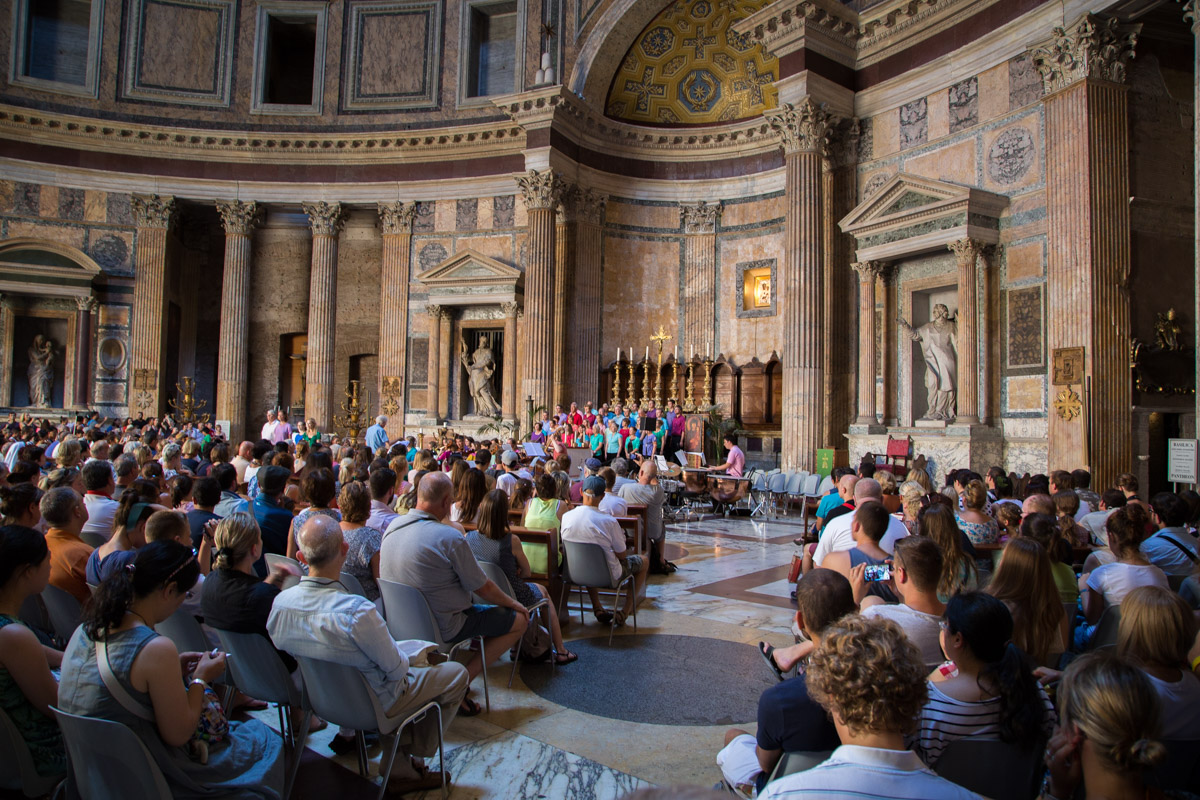
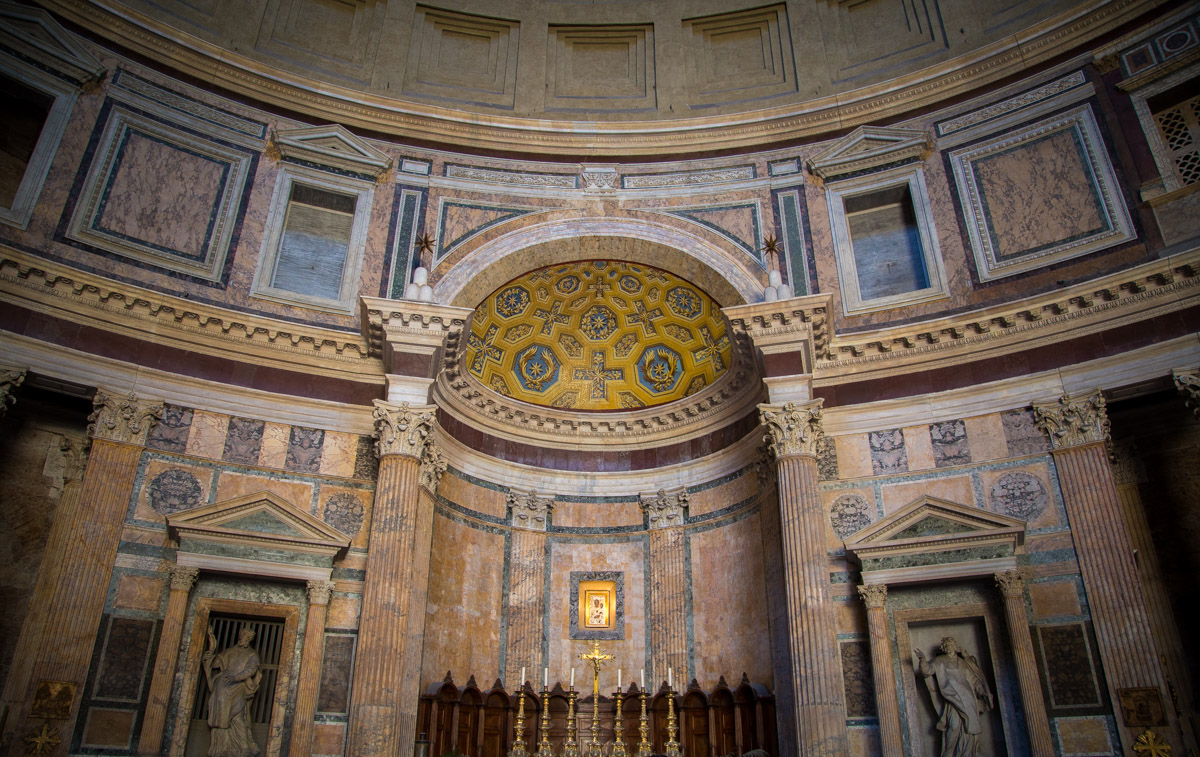
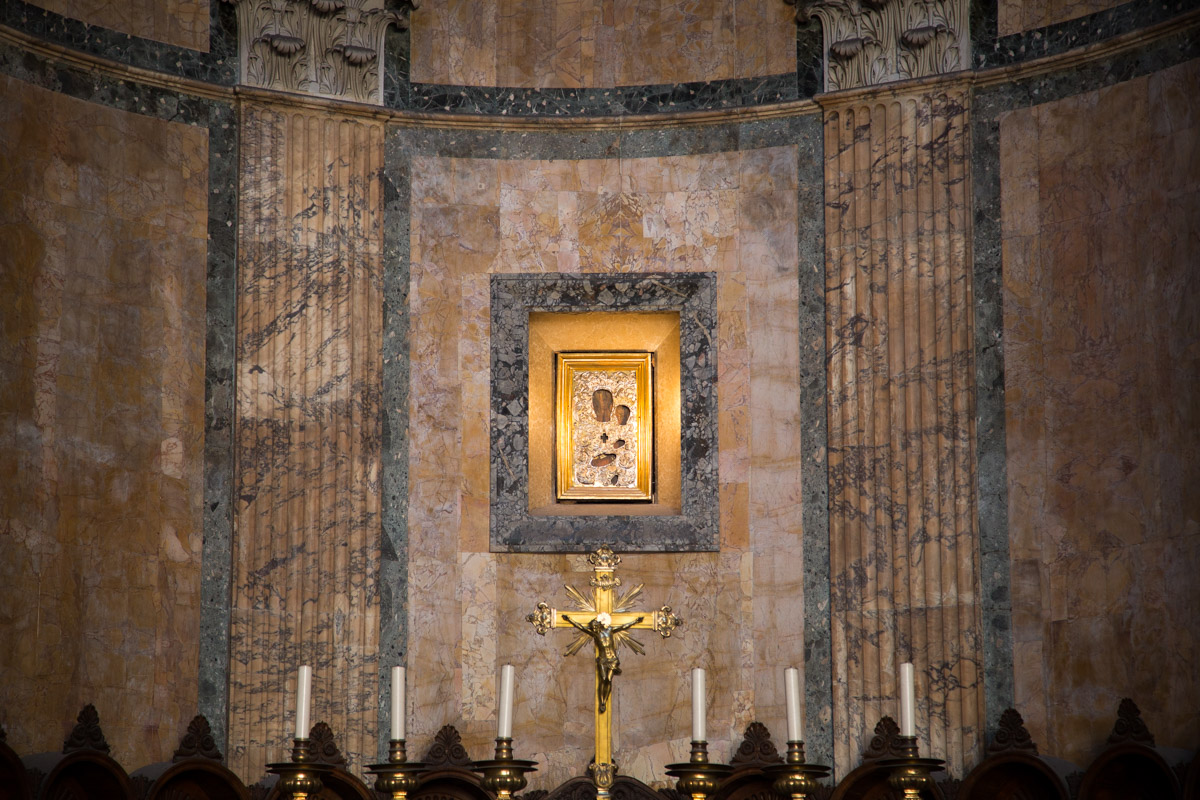
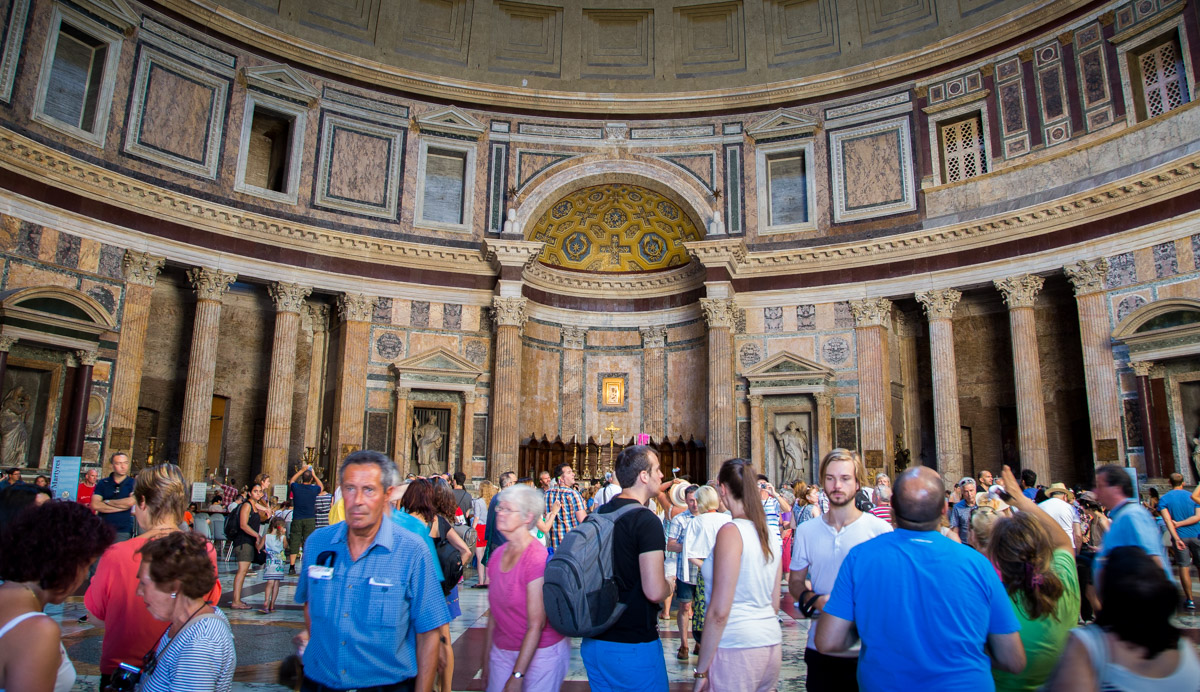
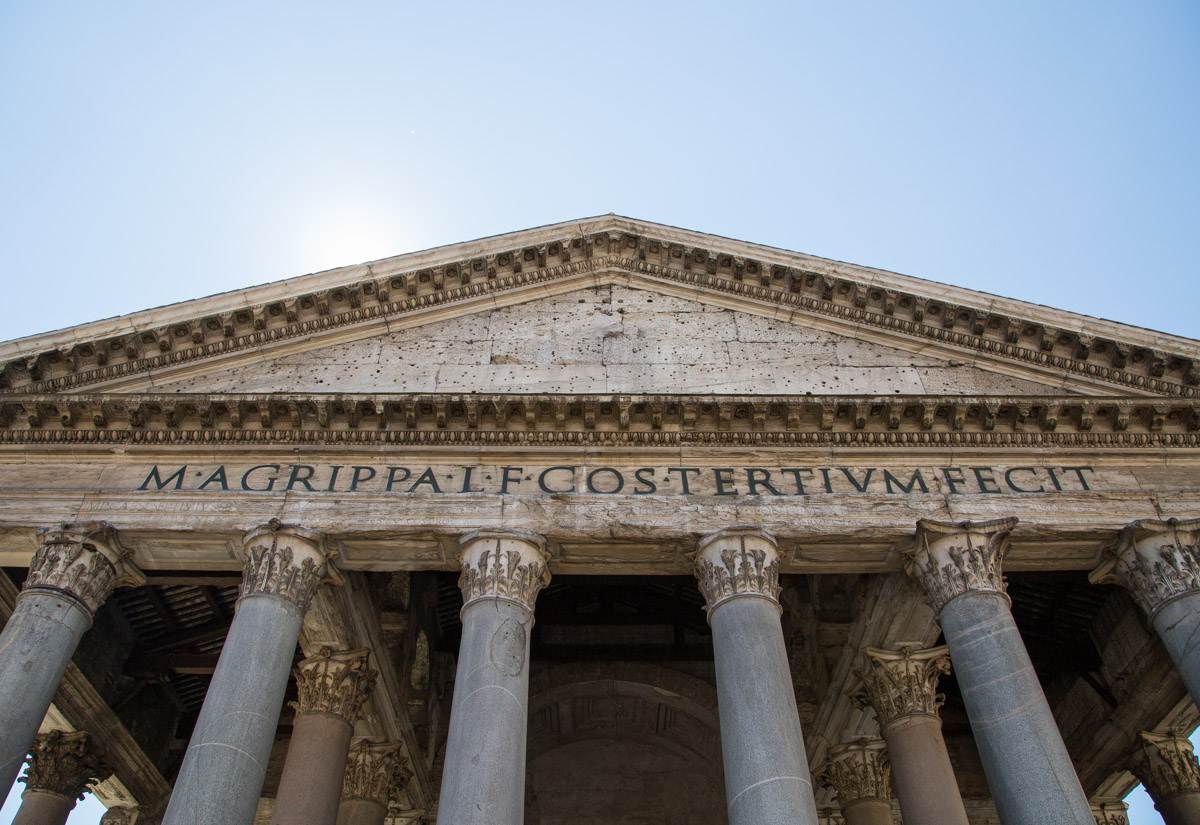
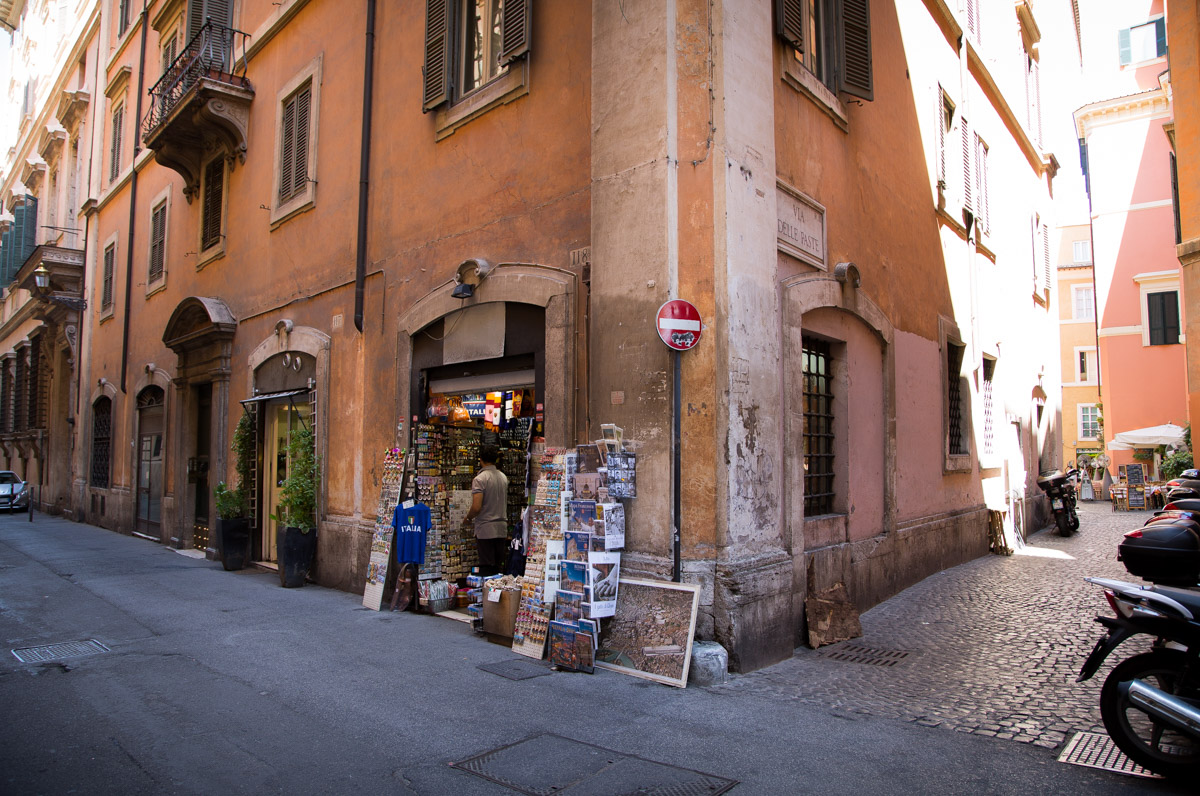
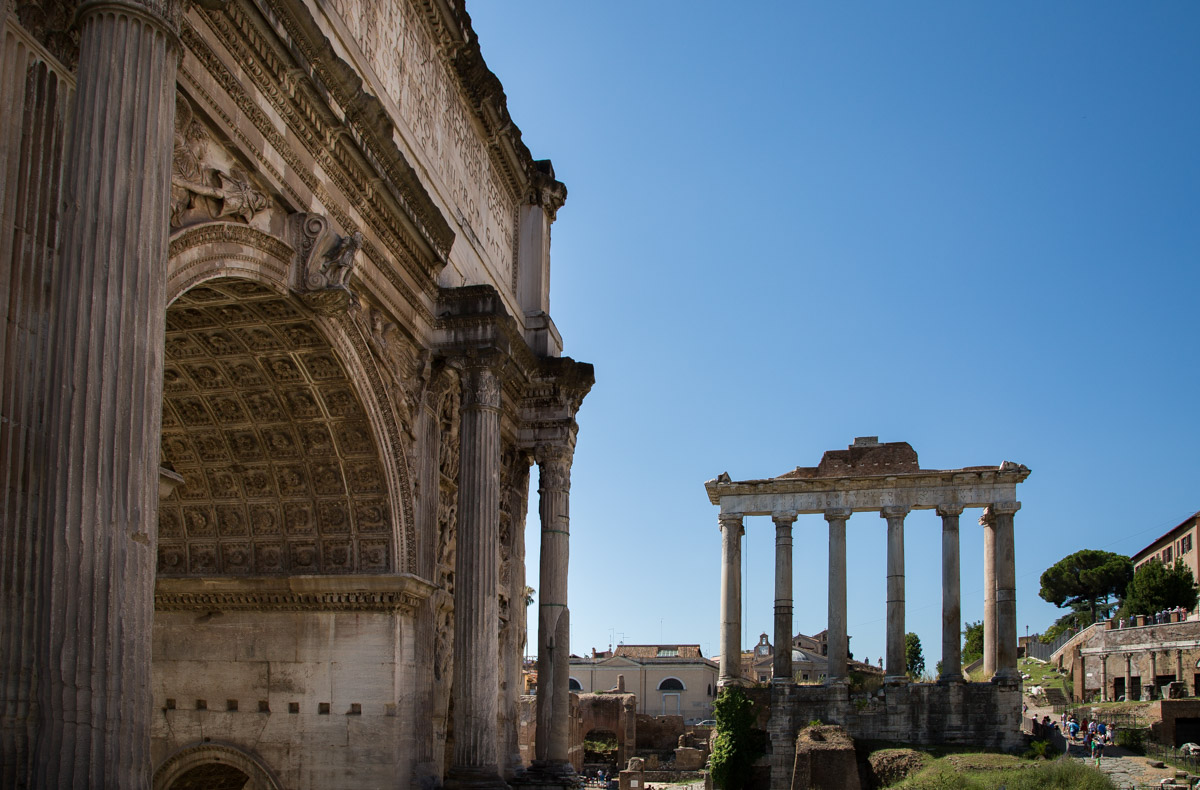
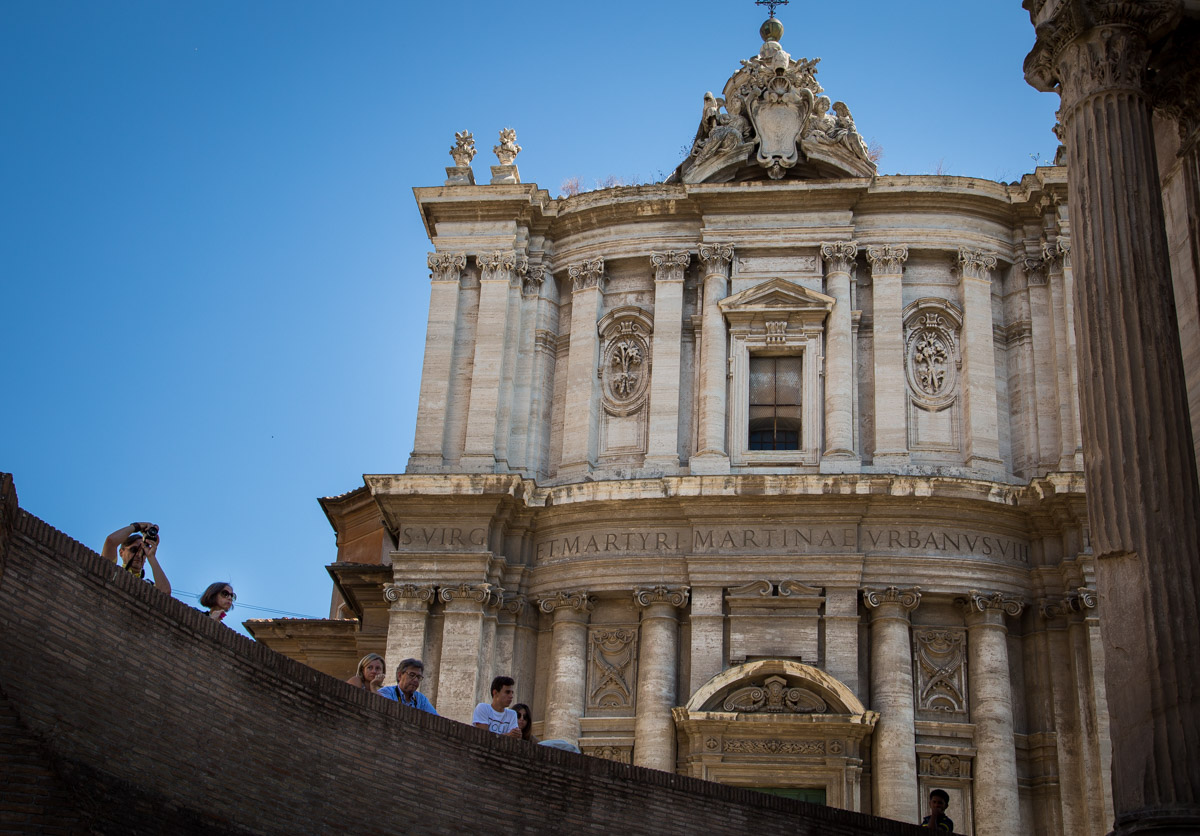
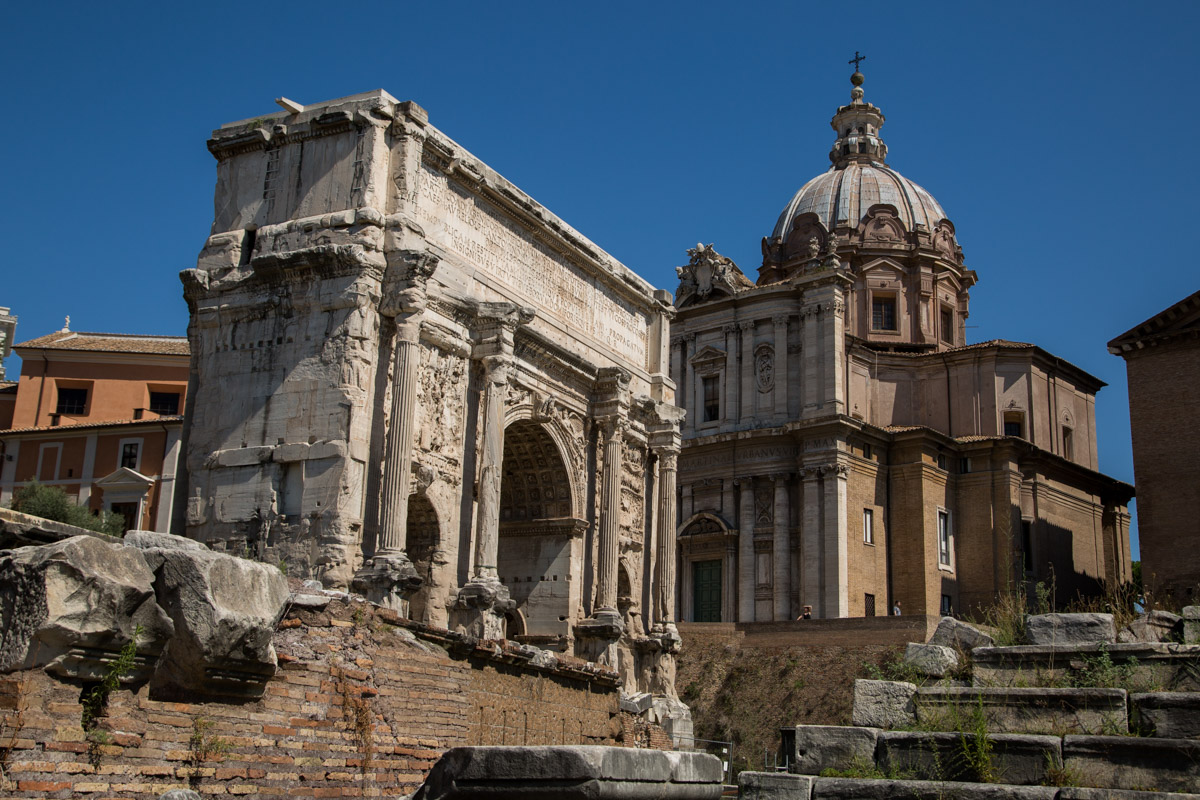
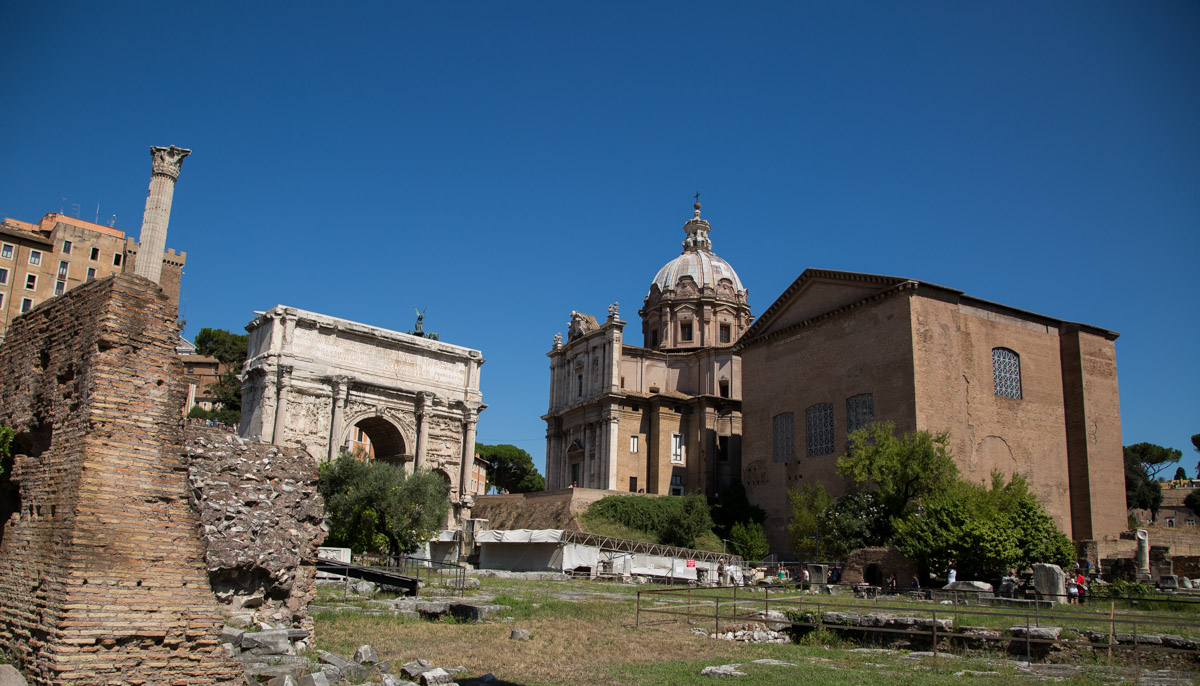
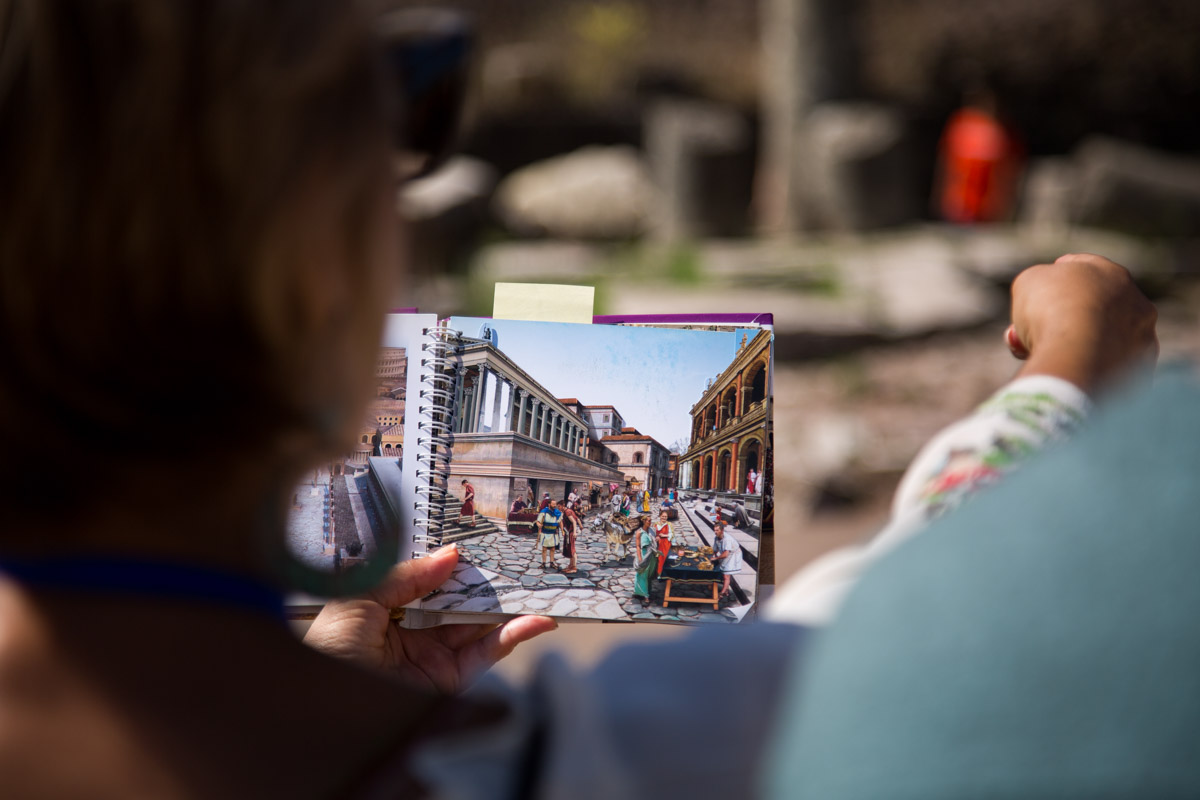
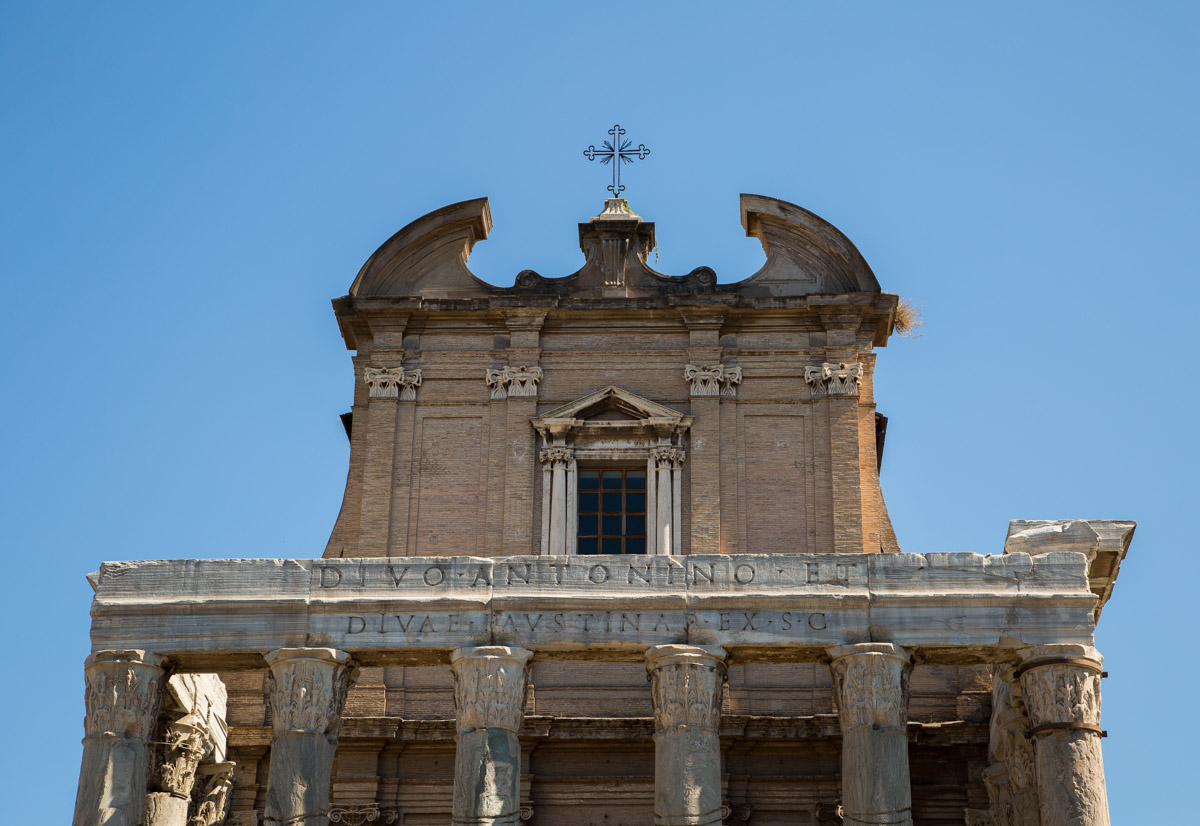
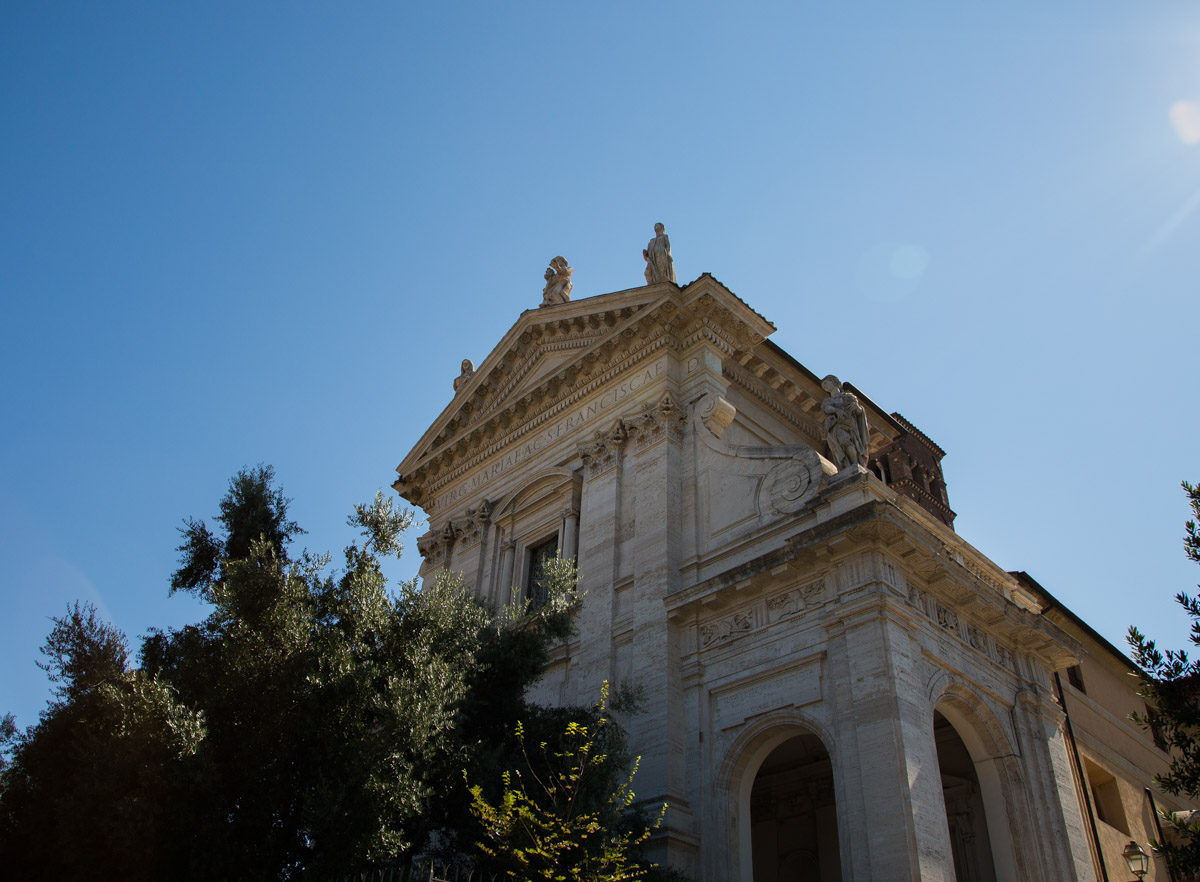
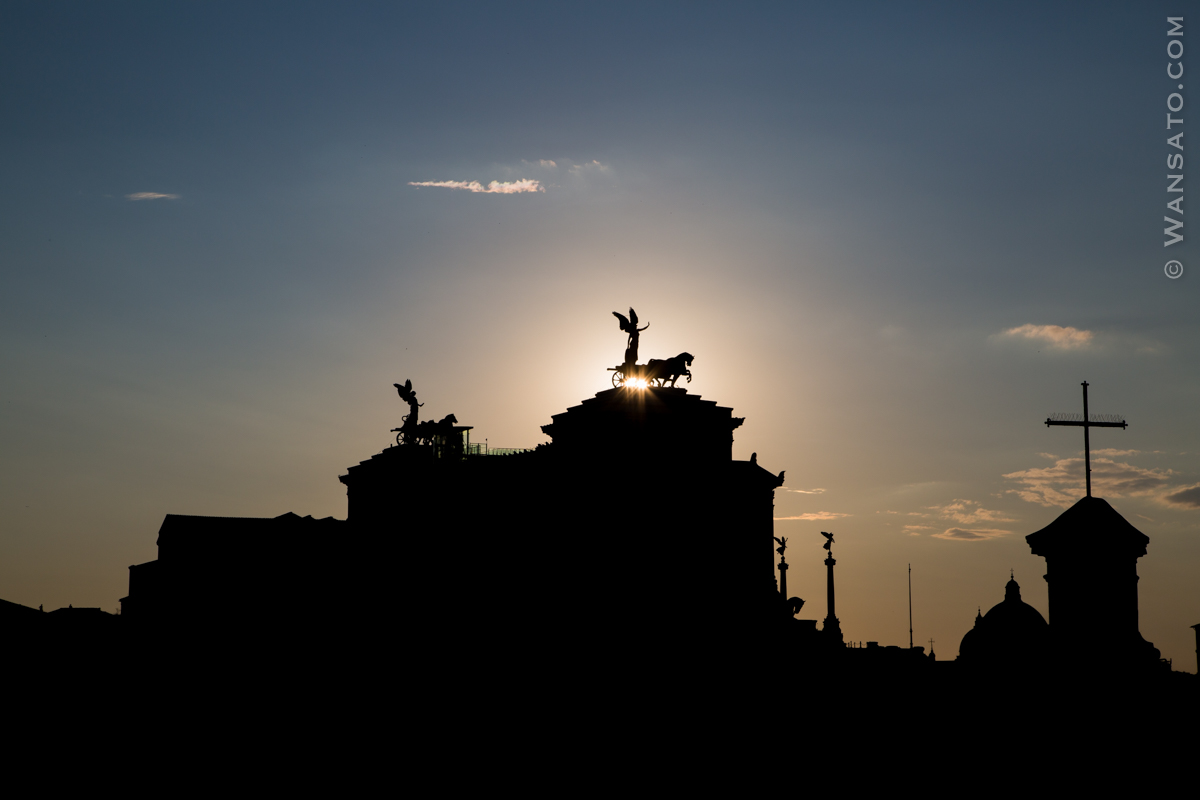
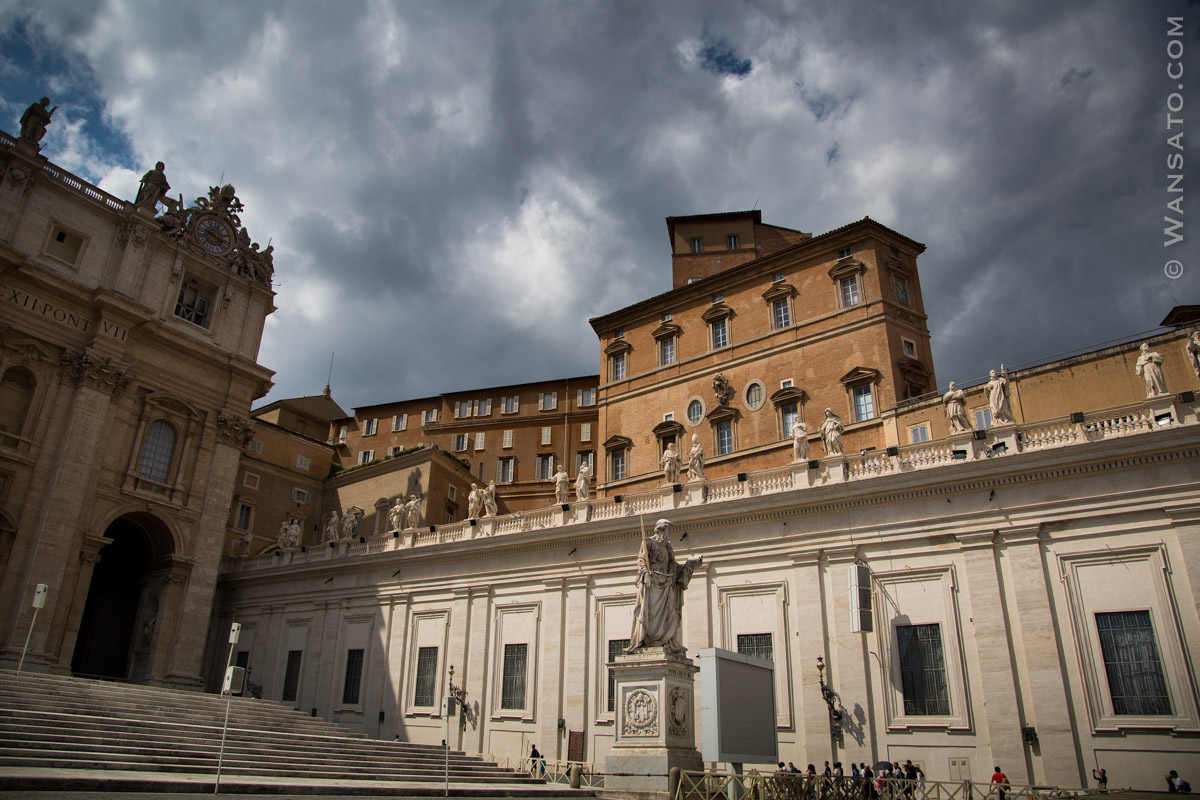
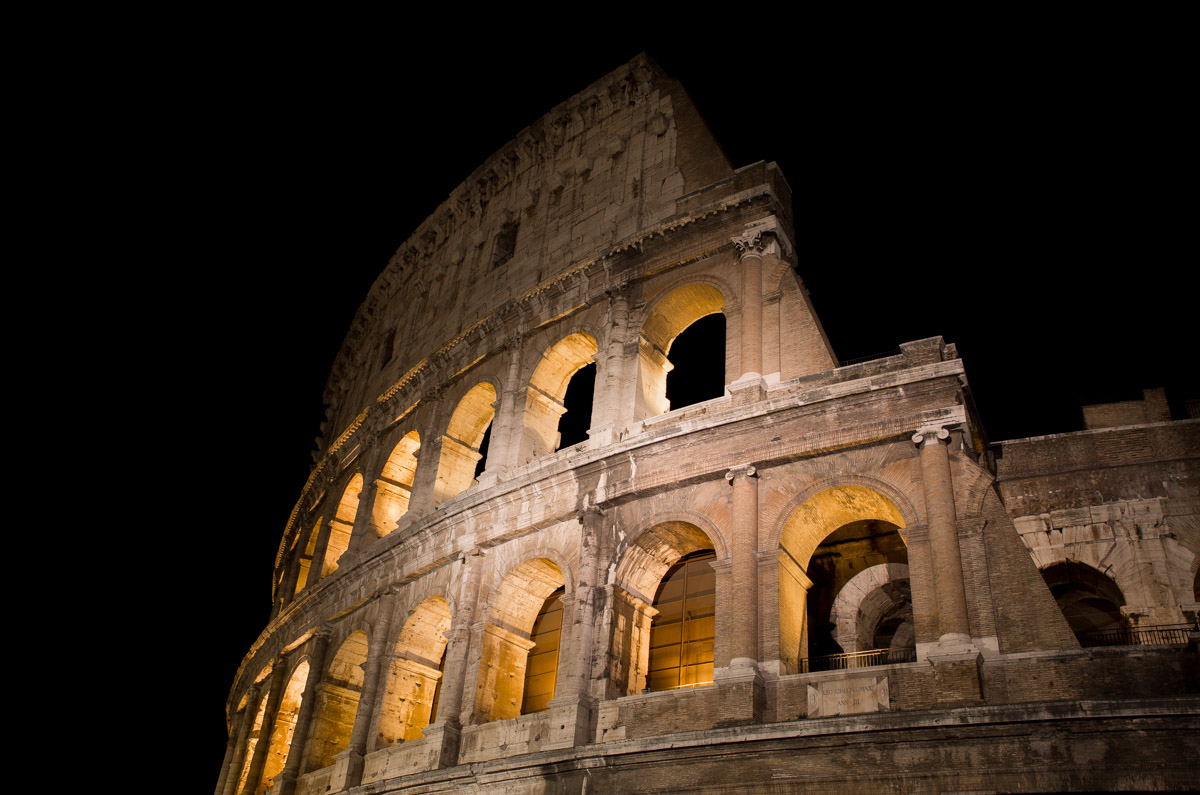
This Post Has 0 Comments